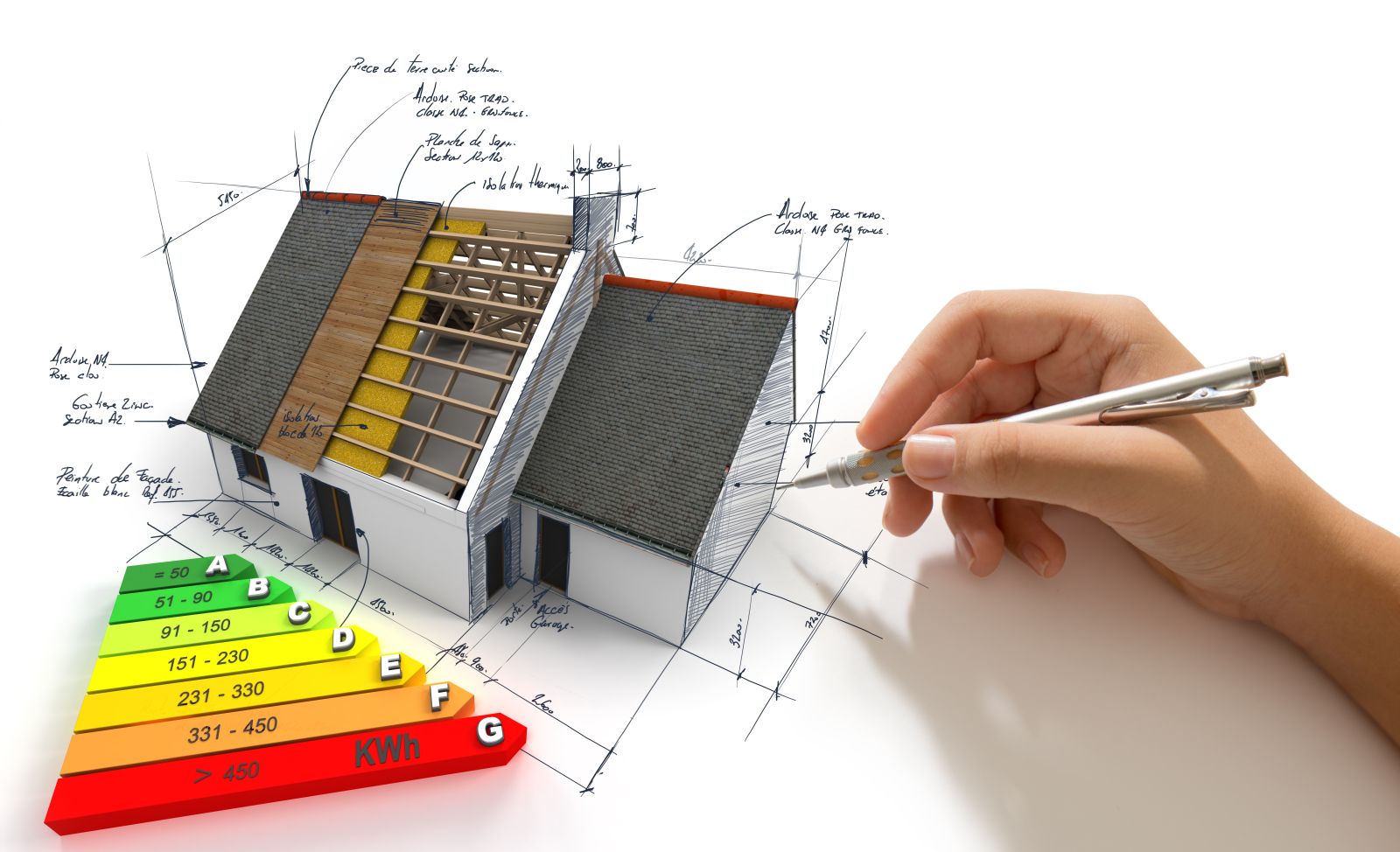
Do you want to know How to Build Efficiently and Sustainably?
Building efficiently and sustainably is increasingly essential in today's construction industry. As the demand for environmentally friendly practices grows, construction professionals must find ways to reduce waste, conserve resources, and minimize their carbon footprint.
This blog explores the principles of efficient and sustainable building, providing insights into methods and technologies that can help achieve these goals.
.png)
Understanding Efficient and Sustainable Building
Efficient and sustainable building involves designing and constructing structures in ways that minimize resource use, reduce waste, and lower environmental impact. It encompasses various practices and technologies that promote energy efficiency, material conservation, and environmental stewardship. The ultimate aim is to create buildings that are not only functional and durable but also beneficial to the environment and society.
The Importance of Sustainable Building
Sustainable building practices are crucial for several reasons. Firstly, they help conserve natural resources, which are finite and often depleting rapidly. By using materials efficiently and incorporating renewable resources, construction projects can significantly reduce their ecological footprint. Secondly, sustainable buildings often have lower operational costs due to their energy efficiency and reduced waste.
This makes them economically advantageous in the long run. Lastly, sustainable building practices contribute to the health and well-being of occupants by creating healthier indoor environments and reducing pollution.

Principles of Sustainable Building Design
Sustainable building design is grounded in several key principles. One of the most important is energy efficiency. This involves designing buildings that require less energy to heat, cool, and operate. Passive design strategies, such as optimizing natural light and ventilation, play a significant role in achieving energy efficiency. Additionally, the use of high-performance insulation, energy-efficient windows, and advanced HVAC systems can further enhance a building's energy performance.
Another critical principle is water conservation. Sustainable buildings incorporate systems and technologies that reduce water consumption and promote efficient water use. This can include low-flow fixtures, rainwater harvesting systems, and greywater recycling. By minimizing water usage, buildings can reduce their impact on local water resources and lower utility costs.
Material efficiency is also a cornerstone of Build Efficiently. This involves selecting materials that are renewable, recyclable, or have low environmental impact. Using locally sourced materials can reduce transportation emissions, while recycled or reclaimed materials can minimize waste. Additionally, sustainable buildings often prioritize durability and longevity, ensuring that materials are used effectively over the building's lifecycle.
Implementing Sustainable Construction Practices
To build efficiently and sustainably, it is essential to implement practices that support these principles throughout the construction process. This begins with careful planning and design. Engaging in integrated design processes, where architects, engineers, and builders collaborate from the project's inception, can help identify opportunities for efficiency and sustainability. This collaborative approach ensures that all aspects of the building's performance are considered and optimized.
During construction, minimizing waste is a critical goal. This can be achieved through precise material estimation and cutting techniques, which reduce excess material usage. Implementing on-site recycling programs and prefabrication methods can also help manage waste effectively. Prefabrication, in particular, allows for components to be built off-site in controlled environments, reducing on-site waste and improving construction efficiency.
Energy-efficient construction practices are also vital. This includes using construction equipment that is energy-efficient and implementing strategies to reduce energy consumption on-site. For example, using temporary lighting that is energy-efficient and optimizing equipment usage schedules can significantly lower energy use during construction.
The Role of Technology in Sustainable Building
Advancements in technology play a crucial role in enhancing the efficiency and sustainability of construction projects. Building Information Modeling (BIM) is a powerful tool that allows for detailed planning and simulation of building performance. BIM enables project teams to identify potential issues, optimize resource use, and improve coordination, ultimately leading to more efficient construction processes.
Another technological innovation is the use of smart building systems. These systems integrate various building functions, such as lighting, heating, cooling, and security, into a centralized control system. Smart systems can optimize energy use based on real-time data, adjust settings automatically, and provide valuable insights into building performance. This not only enhances energy efficiency but also improves occupant comfort and reduces operational costs.
Renewable energy technologies are also integral to sustainable building. Incorporating solar panels, wind turbines, or geothermal systems can significantly reduce a building's reliance on fossil fuels and lower its carbon footprint. These renewable energy sources provide clean, sustainable power that can be harnessed to meet a building's energy needs.

Case Studies in Sustainable Building
Several successful projects demonstrate the principles of efficient and sustainable building. One notable example is the Bullitt Center in Seattle, often referred to as the greenest commercial building in the world. The Bullitt Center incorporates numerous sustainable features, including solar panels, rainwater harvesting, and composting toilets. It is designed to be energy-positive, generating more energy than it consumes, and serves as a model for sustainable building practices.
Another example is the Edge in Amsterdam, a highly sustainable office building that utilizes smart technology to optimize energy use and enhance occupant comfort. The Edge features a range of sustainable elements, such as energy-efficient lighting, a green roof, and an advanced climate control system. Its innovative design has earned it the title of the world's most sustainable office building.
Conclusions about How to Build Efficiently and Sustainably
Building efficiently and sustainably is not only an environmental imperative but also a practical approach to construction that offers economic and social benefits. By adhering to the principles of energy efficiency, water conservation, and material efficiency, and by leveraging advanced technologies, construction professionals can create buildings that are sustainable, cost-effective, and beneficial to society.
As the construction industry continues to evolve, the adoption of sustainable practices will play a pivotal role in shaping a more resilient and environmentally friendly future.

